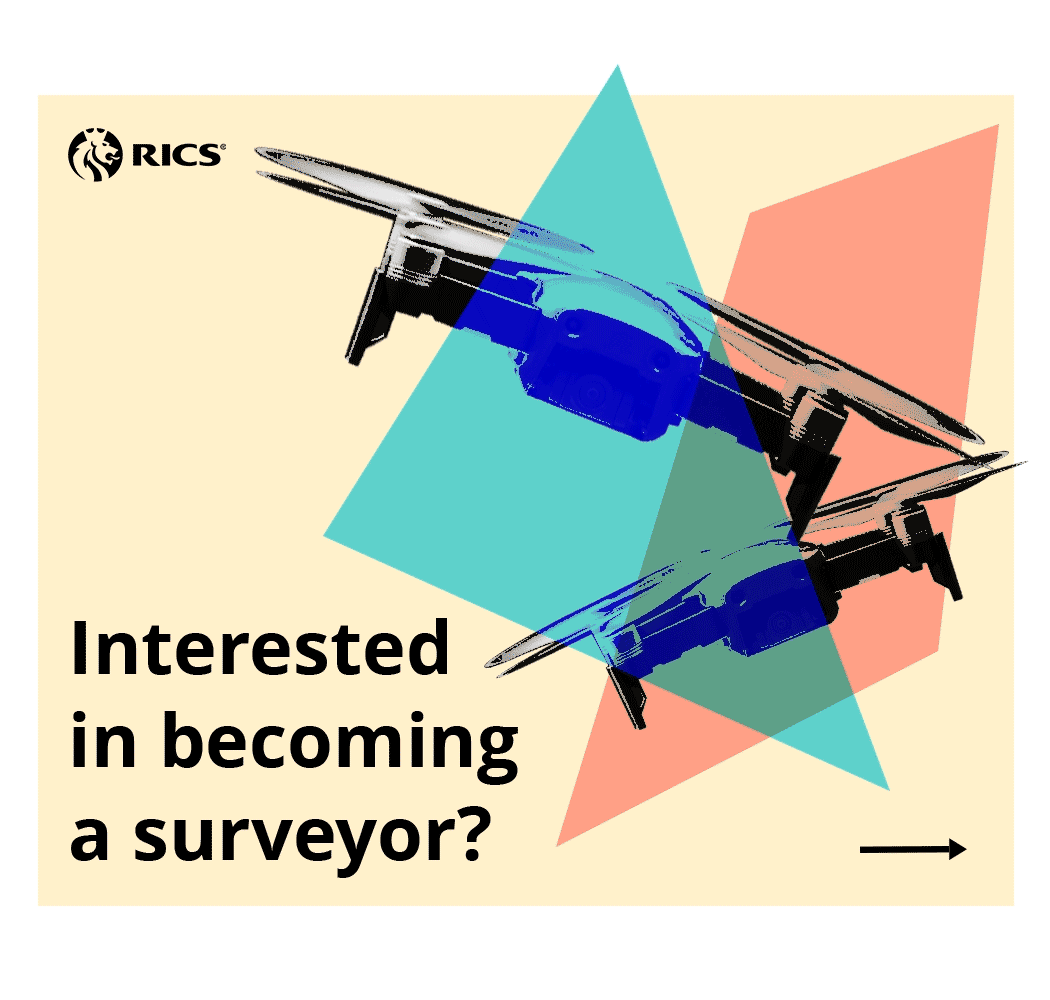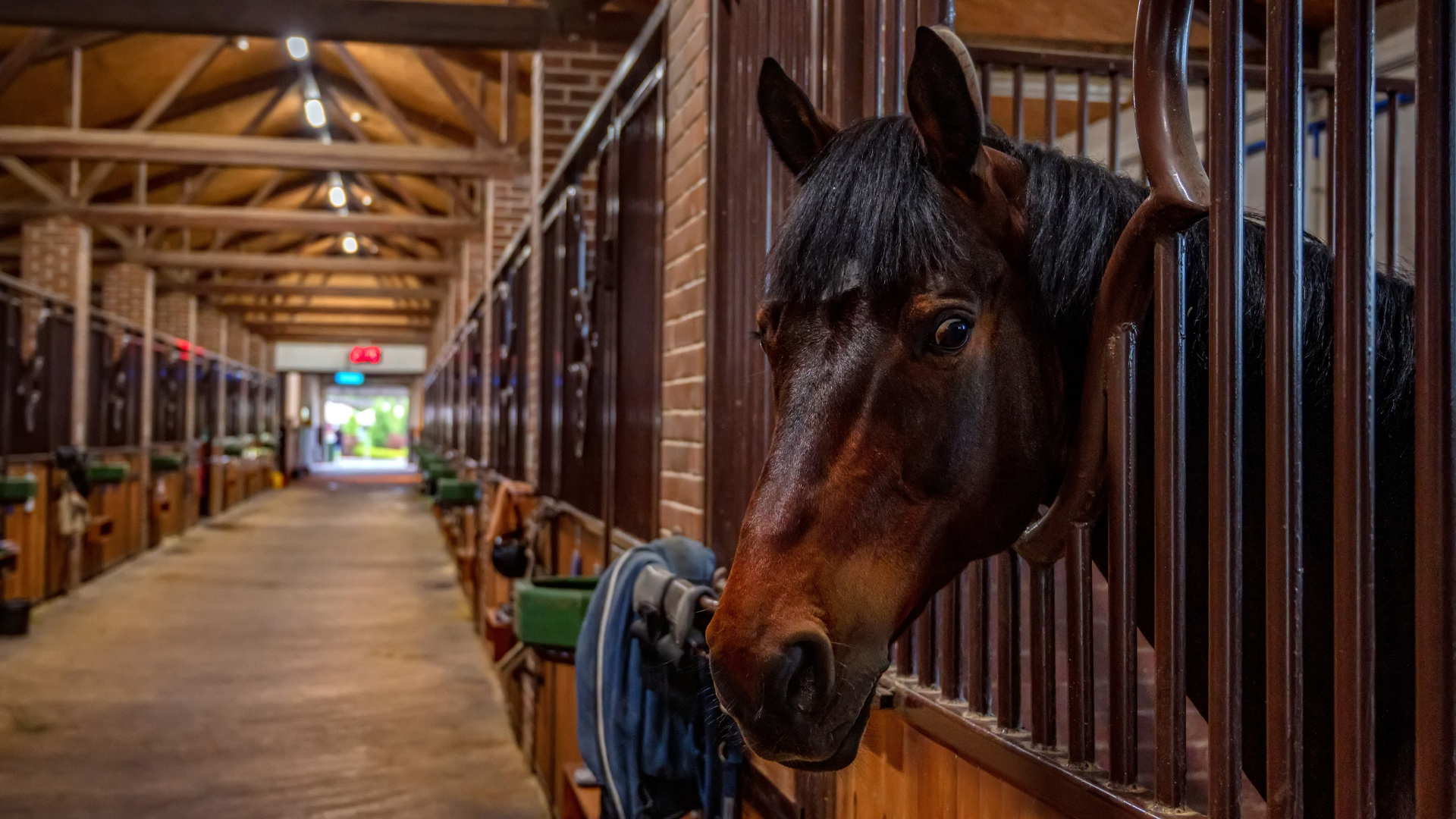
Illustration by Karsten Petrat
Ross Alberto MRICS has made it his business to spot the next equestrian success story, a champion racer that becomes a successful stud in retirement.
He first became a chartered surveyor 15 years ago and runs a farm and property business in the Cotswolds. Horseracing became his passion at a young age and he has now founded the UK’s first online auction platform for thoroughbreds.
He knows what to look for in the next Frankel, Arkle or Red Rum and tells Modus why picking a winner is far from straightforward.
Modus: How did you become a chartered surveyor specialising in valuing horses?
Ross: My day job is running our family property business and racing is a passion project that started when a friend rode a 50/1 winner at the 2004 Cheltenham Festival, while we were studying at Cirencester’s Royal Agricultural University. I was hooked on the sport from then on.
I have since set up a breeding syndicate with two other friends while also launching an online sales platform for thoroughbreds called ThoroughBid, which has been trading for over three years now.
What are the more ‘traditional’ bricks and mortar surveying skills that apply to horse valuation?
Valuing horses is even more of an art than valuing property. No two horses are the same. Unraced thoroughbreds are judged on confirmation of the individual – the shape and structure of a horse's body, which significantly influences its athletic ability, soundness, and overall longevity – along with their pedigrees. Whereas horses with form add an extra known element to their value. Pricing can vary hugely and with massive fluctuations based on performance. Ultimately, it comes down to what someone is prepared to pay.
“It’s not for the faint hearted but it can be seriously good fun” Ross Alberto MRICS, ThoroughBid

What range of sale values you are dealing with?
It's evident that the market is evolving to online trading, away from the physical sales ring. It will take time, but the market growth is notable. The formal sales ring will never be replaced but online is so easy and cost effective that it's hard to ignore. We've traded over £4m worth of stock so far with the highest individual lot being £150,000.
Other racing jurisdictions such as Australia, New Zealand and America are way ahead of us, so the future is looking bright as vendors and purchasers start to change the way they do business.
How significant is bloodline in determining the value of a racehorse, and what traits do you look for in pedigrees? Can you explain how sire and dam lines influence valuation?
Pedigree has a huge influence on value, especially for unraced stock. Much of the focus can be on the stallion but I personally think the dam is more important. Stallions like Frankel or Dubawi are hugely popular with a covering fee to match, but they could sire a couple of hundred foals each year whereas the mare just has the single foal – so I like to focus on that side of the bloodline.
Pedigrees are marked up in black type, which is then put in bold for certain performances like being placed or winning a listed or group/graded race. The pedigree page normally goes back three generations so most buyers want to see some black type contained within the page. But how much there is depends on your budget!
What role does performance history play in valuation compared to genetic potential?
Stallions are retired champion racehorses. Winners tend to breed winners. Most of the very wealthy flat owners are trying to buy and breed future stallions. Take the mighty Frankel for example. He won 14 races from 14 starts, winning nearly £3m in prize money. But after three seasons of racing, he was retired to stud. He covered over 130 mares in his first season at an advertised price of £125k per cover. He's now £350k per cover with 13 seasons of successful matings behind him. He's probably sired over 1,000 foals now. I will let the reader do the maths on potential revenue! He's a fabulous freak of nature. Arguably the greatest there's ever been.
That said, many racehorses fail to win a single race (I should know as I have owned a few) but you simply cannot have one without the other. To sustain the thoroughbred breed and therefore the industry you have to breed, sell and race a volume of horses. An unraced yearling by Frankel was worth on average of £760k based on the 30 sold last year. Most won’t be worth that once they've raced but there always the hope that you may have the next Frankel.
“Pedigree has a huge influence on value, especially for unraced stock” Ross Alberto MRICS, ThoroughBid
What are the current trends in racehorse valuations, and how does demand for specific bloodlines affect market prices?
The market has suffered much like all other commodity markets. Volume is always very consistent whereas median and average prices for all horses are down. The best will always make the headlines but there is no doubt that the average horse is worth less this year compared with last.
What do you enjoy most about working with horses and why?
The thoroughbred is a magnificent athlete, first and foremost. The highs are massive because the lows are almost insufferable, whether it be in the sales ring or on the racecourse. It’s not for the faint hearted but it can be seriously good fun.
Which are the horses to keep an eye on in 2025 in the racing world?
While I am more of a National Hunt (jump racing) fan, all eyes at this time of year aim towards the flat. The Guineas at Newmarket, then the Derby and on to Royal Ascot. We may witness the next great stallion in amongst it all.
Bay City Roller is trained by George Scott and was owned by a big outspoken character in Clive Washbourn before being privately traded to Shaikh Nasser Al Khalifa's Victorious Racing. He is three from three last season so let’s see if he trains on as a three-year-old.


